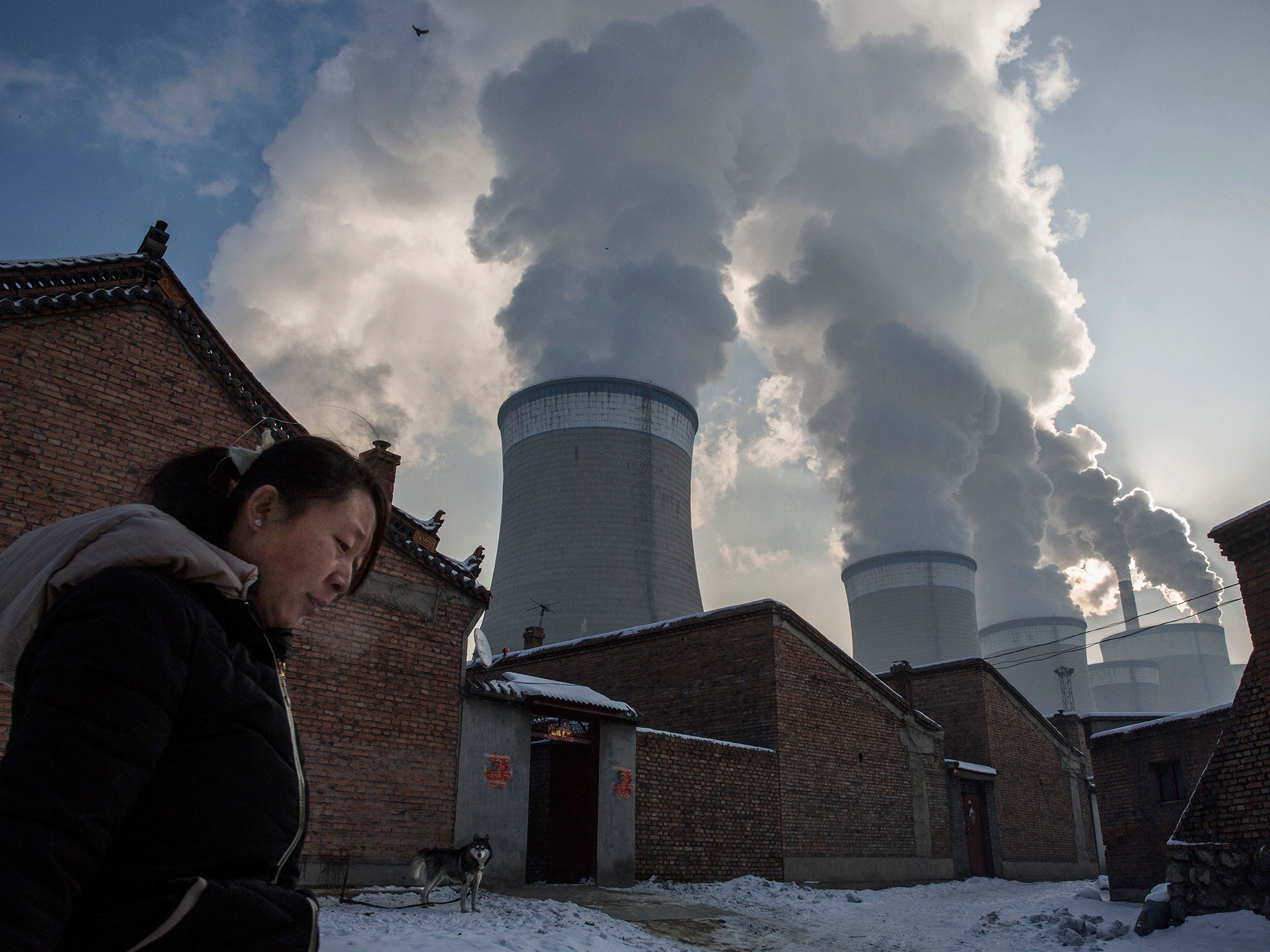China stock market: what’s behind the collapse in investor confidence?
Another major slump in Chinese share prices has prompted a fearful first day of trading for equity markets in 2016. But what is behind the collapse in investor confidence this time round? Ben Chu reports

It feels like The Great fall of China Redux. Today – on the first trading day of 2016 – there was another almighty rout for China’s stock markets. The country’s CSI 300 index of large companies, collectively worth some $3.8trn (£2.6trn), fell by 7 per cent in a single panic-filled trading session.
That was only marginally better than the 8.75 per cent collapse on “Black Monday” on 24 August last year. Tumbling equity prices in China once again set off selling around the world. The Nikkei in Japan stock average fell 3.1 per cent. The Hang Seng in Hong Kong dropped 2.7 per cent. The FTSE 100 shed 2.4 per cent and the Dow Jones in the US opened down more than 350 points in a miserable start to the new year.
China’s fall would have been worse without the stock market’s new “circuit breakers”. When the CSI 300 index falls or rises 5 per cent, a 15-minute break in trading is enforced. When the movement hits 7 per cent (in either direction) trading is suspended until the end of the day.
That’s what happened here. At 13.13 local time, it fell 5 per cent, triggering the 15-minute freeze. Just seven minutes after the re-start stocks had smashed into the 7 per cent threshold.
But what prompted the latest sell-off in China in the first place? Many cited a much-watched survey of manufacturing purchasing managers by the magazine Caixin. This indicated a worse contraction in Chinese industrial output in December than analysts had expected.
Yet that is not a very satisfactory explanation for such a violent lurch in equity values. The Caixin survey showed the 10th month in a row of contraction, so it’s hardly news that China’s manufacturing sector is declining – nor that the world’s second largest economy as a whole is slowing down.
There was also a fall in the value of the renminbi (RMB) against the dollar as the authorities loosened the peg with the greenback. The People’s Bank of China set the reference rate from the currency at 6.5032 RMB per dollar, the first time since May 2011 that it has been above 6.5. Some reasoned this might have stoked fears of an imminent devaluation by Beijing. A shock loosening of the dollar peg preceded last August’s market panic.
“The developments have heightened renminbi devaluation expectations which are undermining investor risk sentiment more broadly,” said Lee Hardman of Bank of Tokyo-Mitsubishi.
Yet, again, this currency loosening merely continues a trend after the loosening last year. And an export-boosting devaluation of the RMB might be just as easily taken by investors as a bullish signal for shares.
More plausible are technical explanations, in particular the expiry of government restrictions on large stock sales by institututional investors later this week. The circuit breakers themselves, turned on for the first time, are also likely to have exacerbated sales as investors sold furiously in order not to get stuck in losing positions.
“Investors rushed to the door during the level-one stage of the circuit breaker as they fretted the market would go down further,” said William Wong of Shenwan Hongyuan Securities, the country’s fifth largest brokerage.
“The circuit break intensifies selling pressure and panic sentiment as the index approaches thresholds, because investors aren’t familiar with it,” said Zhang Gang of Central China Securities.
The Chinese stock market is dominated by small investors, making the herd instinct an especially powerful force.
It doesn’t help that the new Chinese market circuit breakers kick in on relatively small movements. It would take a 20 per cent fall in values to trigger a halt to a day’s equity trading in the US (safeguards which were introduced to prevent a repeat of the 6 May 2010 “Flash Crash”).
The Chinese 5 per cent circuit breakers would have been activated 20 times since last June if they had been in place earlier. In other words, it doesn’t take much of a movement to bring a potential circuit break into play, which might well prompt more herd-like behaviour.
Government interference in the markets has injected another dimension of volatility since last summer. In the wake of the equity bubble bursting, Beijing panicked and moved to prop up the market. And despite the 45 per cent fall in the index the CSI actually ended 2015 5.6 per cent higher than it started. This was largely because Beijing ordered the so-called “National Team” of state-controlled stockbroking firms to buy shares and restore stability through the autumn.
Business news: In pictures
Show all 13Some analysts said Beijing was now picking up the bill for that earlier decision to interfere, with many predicting that the authorities would now have to intervene again to restore confidence.
This “shows the dangers of meddling with free markets”, said Russ Mould of AJ Bell. “The free markets are best left to sort out themselves."
Subscribe to Independent Premium to bookmark this article
Want to bookmark your favourite articles and stories to read or reference later? Start your Independent Premium subscription today.

Join our commenting forum
Join thought-provoking conversations, follow other Independent readers and see their replies